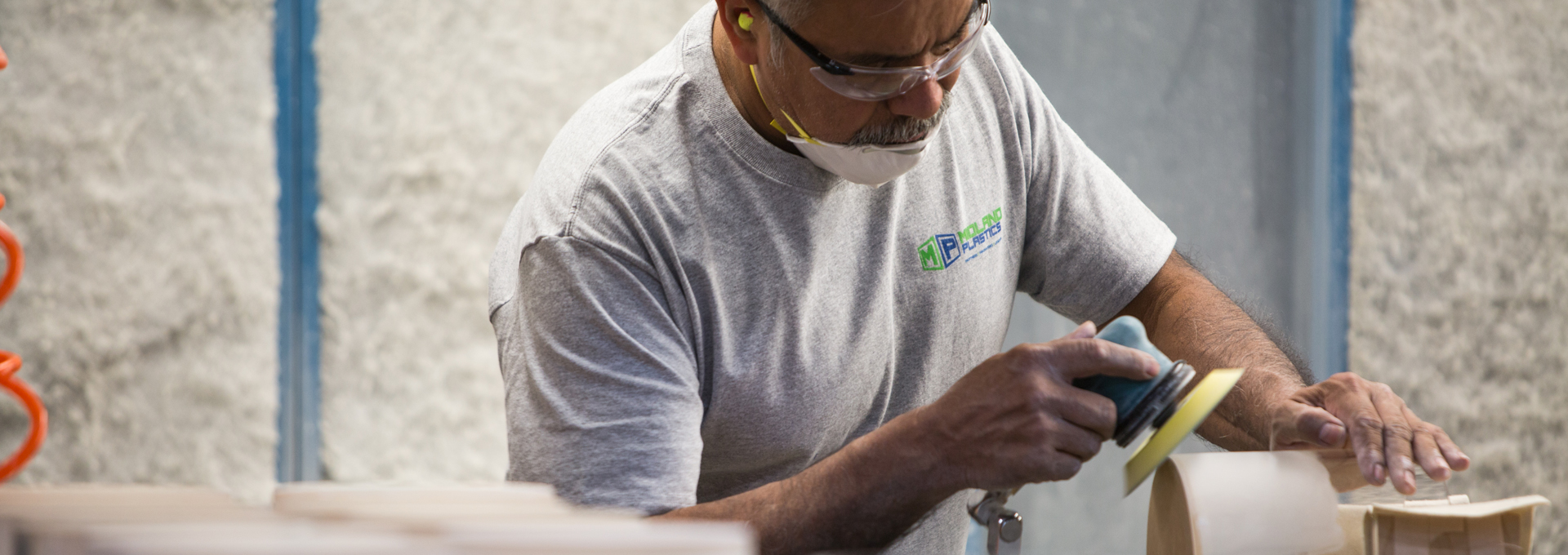Custom Fabrication
Midland Plastics offers a variety of custom fabrication processes, depending on the needs of your particular application; for example, assembling, polishing and packaging. Additionally, our full range of bonding options allows you to join any variety of similar or dissimilar plastic materials.
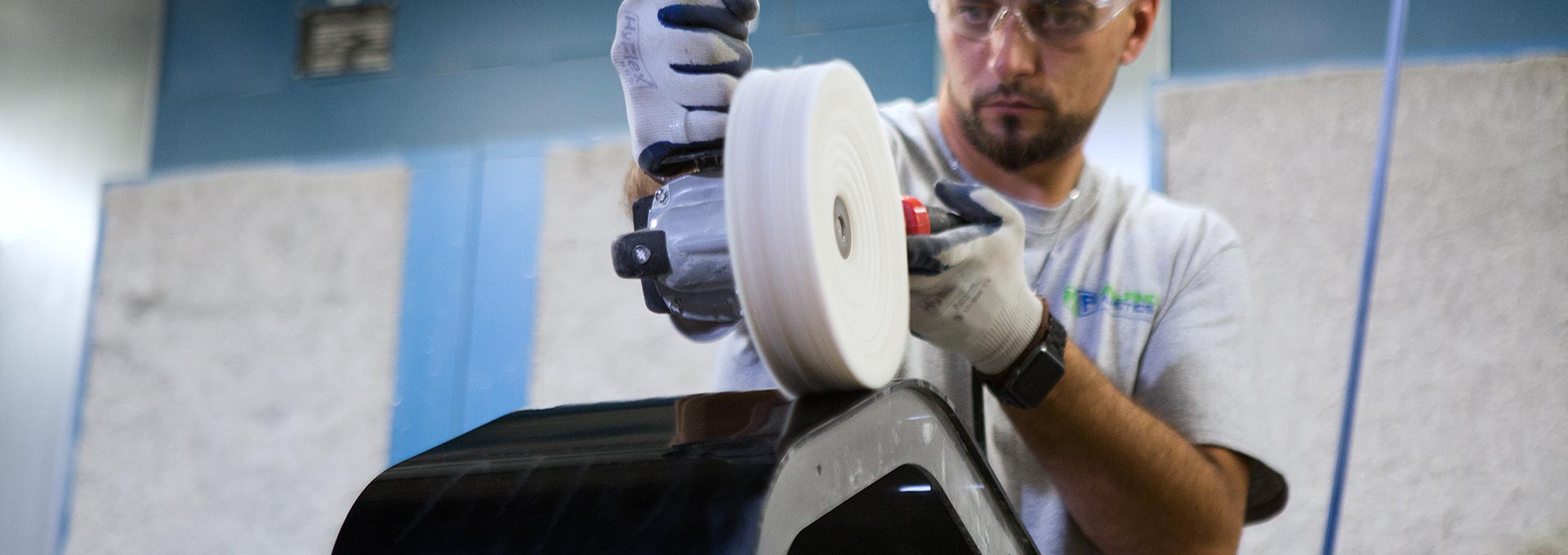
Assembly, Polishing and Packaging
Our fabrication services include the ability to polish some plastics through a variety of techniques, including buffing and flame polishing. If your saw-cut or machined acrylic edge requires a clear or gloss finish, we at Midland Plastics have the tools and processes to achieve your desired appearance.
Midland Plastics is also able to complete parts that require minimal assembly for the final product, such as the addition of rubber feet. In those instances, we are also able to keep the packaging process in-house as well. Every product and application is unique, and we encourage you to contact us about how we can help streamline the process and put the finishing touches on your final product.
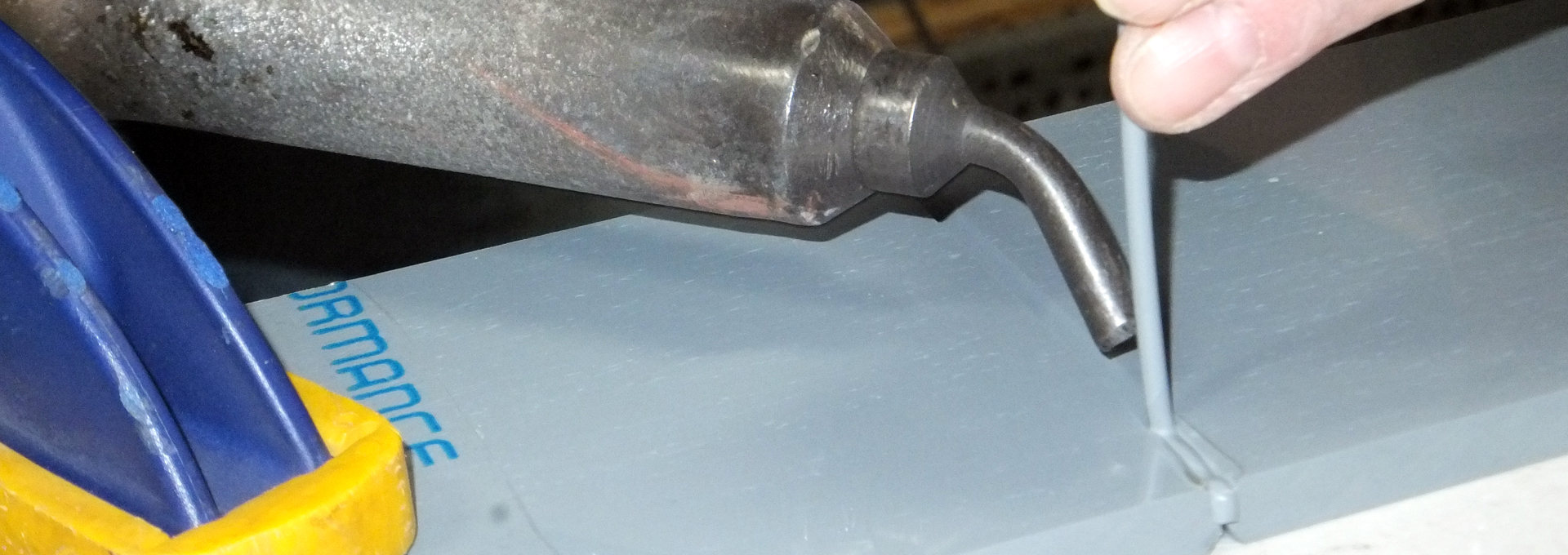
Plastic Welding
Plastic welding is a means of fastening together similar pieces of material without the use of solvents or mechanical fasteners. By heating up the material to be welded and a welding rod of the same material, the pieces are joined together as they melt. When cooled, the materials are bonded together, forming a solid joint.
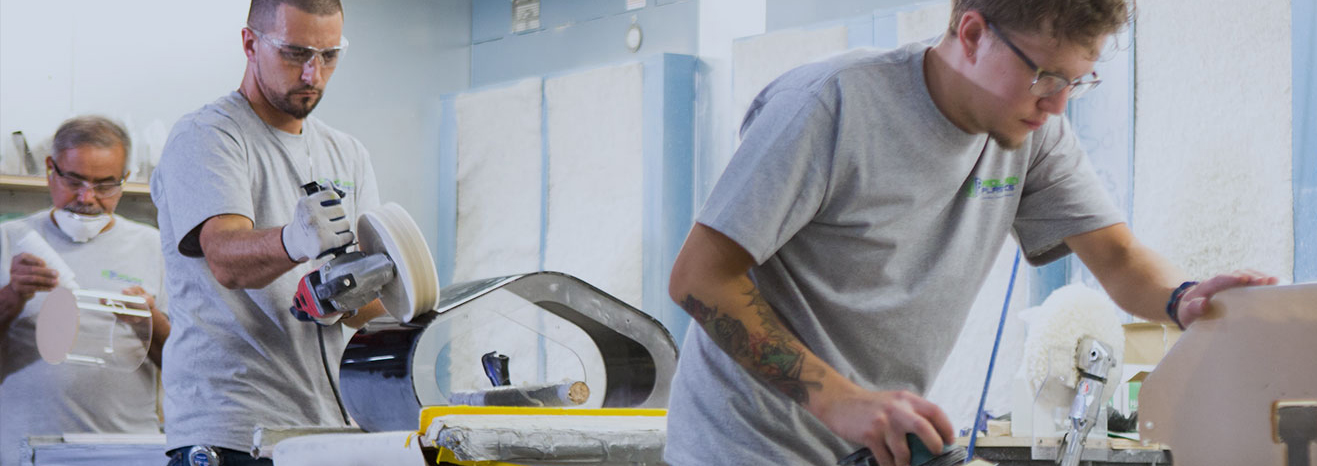
Cementing/Gluing
Adhesive cements bond materials by adhering to the pieces being joined, providing a solid bridge between the parts. Cements are used with similar materials to achieve particular types of joints, but also when dissimilar materials need to be joined. Some surface preparation may be needed to insure a proper bond.

Solvent Bonding
Also known as chemical welding, solvent cement actually melts the materials being joined. As the solvent evaporates, materials melt together to form a solid bond.
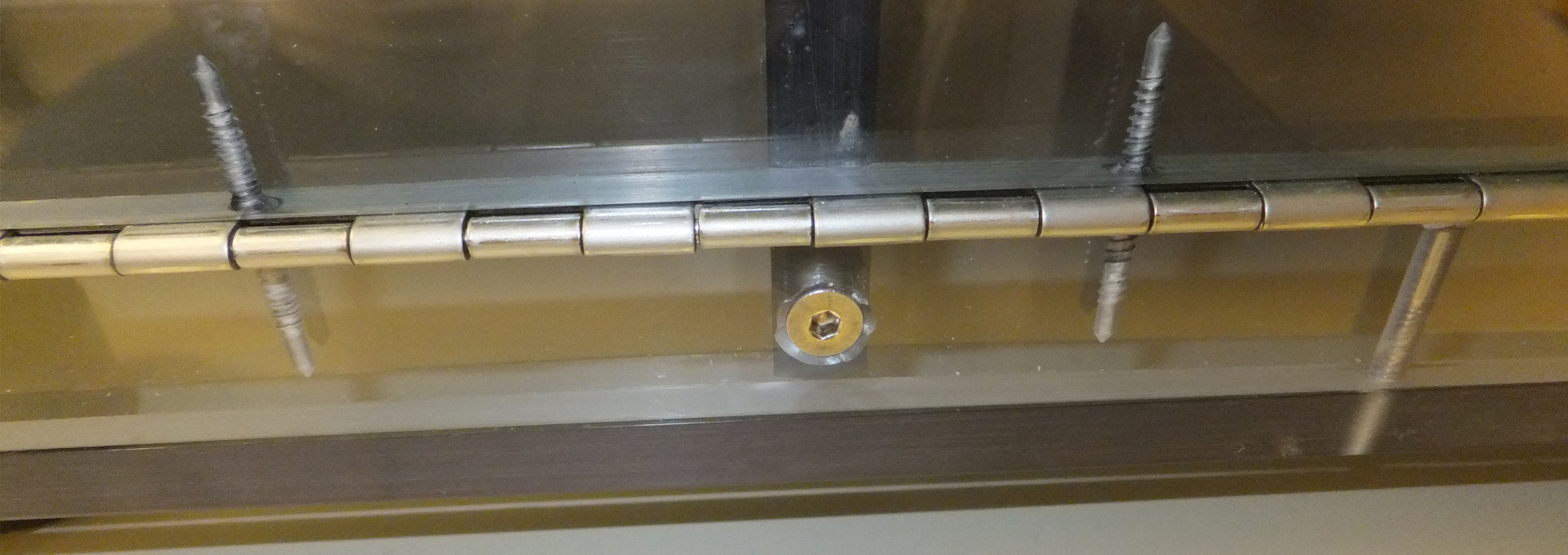
Mechanical and Adhesive Fastening
When glues or solvents won’t provide an adequate bond between materials, they can instead be mechanically fastened together using screws, bolts and other fastening devices. Midland Plastics also carries threaded inserts for materials that do not thread well on their own. When mechanical fastening isn’t feasible, adhesive or tapes may provide the best option. Pressure-sensitive adhesives (PSA) work by forcing two materials together, with a layer of adhesive in between, establishing a secure bond. The bond may strengthen during a curing period.

